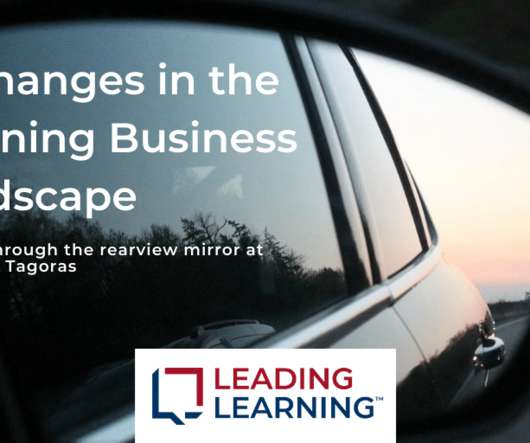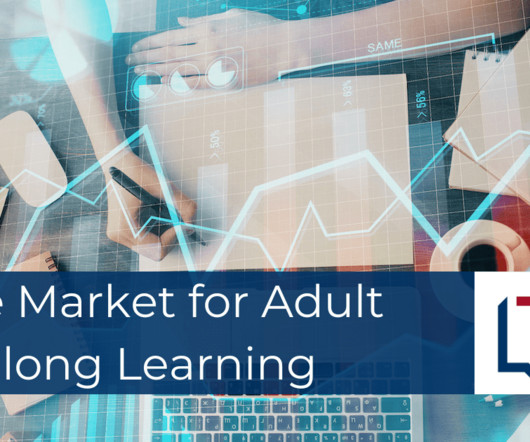Association Brain Food: 5.9.25
Reid All About it
MAY 9, 2025
MGI offers strategies to increase renewals , based on 40 years of membership marketing experience and over a decade of surveying associations for their membership benchmark report. Host: Certification Network Group Speakers: Christine D. Membership value. Location: Chicago IL. More info/register.



























Let's personalize your content